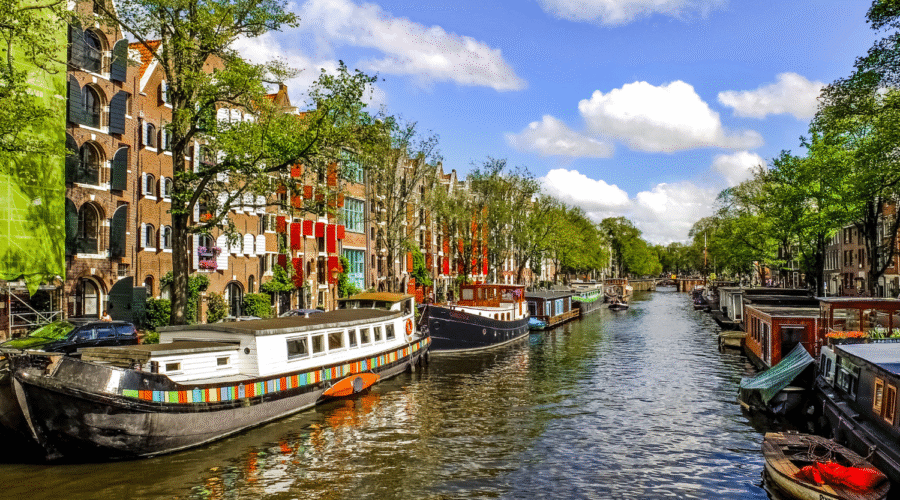Waterway Sports – Gear, Fitness & Adventure Hub
Waterway sports have revolutionized outdoor recreation, offering adrenaline-pumping adventures and peaceful escapes on rivers, lakes, and coastal waters worldwide. From high-speed jet skiing to serene kayaking, these aquatic activities provide something for every water enthusiast. Whether you’re seeking competitive thrills or leisurely exploration, waterway sports deliver unforgettable experiences that combine fitness, fun, and connection with nature.
The popularity of waterway sports continues to surge as more people discover the unique benefits of water-based recreation. Unlike traditional land sports, aquatic activities offer low-impact exercise options while providing cooling relief and stunning natural scenery. This comprehensive guide explores everything you need to know about waterway sports, from beginner-friendly options to advanced techniques.
Popular Types of Waterway Sports
Paddling Sports: Kayaking and Canoeing
Kayaking and canoeing represent the most accessible waterway sports for beginners. These paddle-powered activities offer excellent upper body workouts while allowing participants to explore waterways at their own pace. Sea kayaking provides ocean adventures, while river kayaking offers varying difficulty levels from gentle streams to challenging whitewater rapids.
Canoe sports include recreational paddling, canoe racing, and wilderness expeditions. The stable design of canoes makes them ideal for families and fishing enthusiasts. Stand-up paddleboarding (SUP) has emerged as a trendy alternative, combining balance challenges with scenic water exploration.
High-Speed Water Sports
Jet skiing delivers high-octane excitement for thrill-seekers. These personal watercraft can reach impressive speeds while offering maneuverability for tricks and racing. Water skiing and wakeboarding provide similar adrenaline rushes, requiring boats to pull riders across water surfaces.
Kitesurfing and windsurfing harness natural wind power for propulsion, combining athletic skill with environmental awareness. These sports offer sustainable alternatives to motorized waterway activities while providing intense physical challenges.
Competitive Waterway Sports
Dragon boat racing showcases teamwork and cultural tradition, with crews of paddlers working in synchronization. Rowing competitions, from recreational regattas to Olympic events, emphasize technique, endurance, and precision timing.
Sailing encompasses everything from casual day sailing to competitive yacht racing. This classic waterway sport teaches weather reading, navigation skills, and respect for natural forces while providing peaceful or exciting experiences depending on conditions.
Essential Equipment for Waterway Sports
Safety Gear and Personal Equipment
Personal flotation devices (PFDs) are non-negotiable for all waterway sports participants. Modern life jackets offer comfort and mobility while ensuring safety in emergency situations. Helmets are essential for whitewater activities and high-speed sports.
Proper clothing includes quick-dry materials, sun protection, and weather-appropriate layers. Neoprene wetsuits provide thermal protection in cold water conditions, extending season participation for many waterway sports.
Sport-Specific Equipment
Each waterway sport requires specialized gear. Kayakers need paddles, spray skirts, and dry bags. Sailors require understanding of rigging, sail handling, and navigation equipment. Jet ski riders benefit from protective gear and communication devices for safety.
Quality equipment enhances performance and safety while lasting longer under harsh water conditions. Renting gear initially allows beginners to try different sports before investing in personal equipment.
Health Benefits of Waterway Sports
Waterway sports provide comprehensive fitness benefits combining cardiovascular exercise, strength training, and flexibility improvement. The resistance of water creates natural strength training while remaining gentle on joints compared to high-impact land activities.
Mental health benefits include stress reduction, improved focus, and connection with nature. The rhythmic motions of paddling sports promote meditation-like states, while the challenge of learning new water skills builds confidence and problem-solving abilities.
Water sports also improve balance, coordination, and proprioception. Activities like stand-up paddleboarding specifically target core stability while providing full-body workouts in beautiful natural settings.
Best Locations for Waterway Sports
Freshwater Destinations
Lakes and rivers offer diverse waterway sports opportunities. The Great Lakes provide ocean-like sailing conditions, while mountain lakes offer pristine kayaking experiences. River systems from gentle streams to challenging rapids accommodate different skill levels and preferences.
Reservoirs and man-made lakes often provide controlled environments perfect for beginners learning waterway sports. These locations typically offer equipment rentals, instruction, and safety services.
Coastal Waterway Sports
Ocean coastlines provide ultimate waterway sports adventures with varying conditions, marine wildlife encounters, and stunning scenery. Coastal areas often feature established water sports communities, competitions, and professional instruction.
Protected bays and estuaries offer gentler introduction to saltwater activities while still providing tidal influences and marine environments that enhance the waterway sports experience.
Getting Started with Waterway Sports
Choosing Your First Water Activity
Beginners should consider physical fitness levels, local water conditions, and personal interests when selecting initial waterway sports. Recreational kayaking and stand-up paddleboarding offer gentle introductions with minimal equipment requirements.
Taking lessons from certified instructors accelerates learning while ensuring proper safety practices. Many locations offer “try before you buy” programs allowing experimentation with different waterway sports before committing to specific activities.
Building Skills and Confidence
Progressive skill development ensures safe enjoyment of increasingly challenging waterway sports. Start with calm water conditions before advancing to more dynamic environments like rivers with current or open ocean conditions.
Joining local clubs and communities provides ongoing learning opportunities, safety partners, and social connections with fellow waterway sports enthusiasts.
Frequently Asked Questions About Waterway Sports
Q1: What are the safest waterway sports for beginners?
Recreational kayaking, canoeing, and stand-up paddleboarding in calm water conditions are the safest starting points. These activities allow beginners to learn basic water safety skills while building confidence at their own pace. Always wear proper safety equipment and start in shallow, familiar waters.
Q2: How much does it cost to get started with waterway sports?
Initial costs vary significantly by sport. Renting equipment typically costs $30-100 per day, while basic personal gear like a kayak can range from $300-1,500. Many beginners start by renting equipment and taking lessons before investing in personal gear, which helps determine preferences and commitment levels.
Q3: What weather conditions are best for waterway sports?
Ideal conditions include light to moderate winds, good visibility, and comfortable temperatures. Avoid thunderstorms, high winds, or extreme weather conditions. Many waterway sports can be enjoyed year-round with proper equipment and clothing, though spring through fall typically offers the most comfortable conditions.
Q4: Do I need special training or certifications for waterway sports?
While not legally required for most recreational activities, proper instruction significantly improves safety and enjoyment. Some activities like sailing or operating personal watercraft may require licenses or certifications. Professional instruction is highly recommended for whitewater activities and ocean sports.
Q5: Can children participate in waterway sports safely?
Yes, with proper supervision and age-appropriate activities. Children as young as 6-8 can enjoy calm water paddling with adult supervision and proper safety equipment. Many waterway sports programs offer youth-specific instruction focusing on water safety, basic skills, and fun rather than performance.
Final Thoughts
Waterway sports offer incredible opportunities to explore nature, stay fit, and develop new skills while enjoying the therapeutic benefits of being on the water. From peaceful paddling excursions to high-energy competitive racing, these activities provide lifetime recreational opportunities that adapt to changing interests and abilities.
The key to enjoying waterway sports lies in proper preparation, quality instruction, and respect for water environments. Starting with appropriate activities for your skill level and gradually building expertise ensures safe, enjoyable experiences that can last a lifetime. The waterway sports community welcomes newcomers with enthusiasm, offering mentorship and camaraderie that extends far beyond the water.
Whether you’re drawn to the meditative rhythm of kayak paddling, the excitement of jet skiing, or the technical challenges of sailing, waterway sports provide unique opportunities to disconnect from daily stress while connecting with nature’s most dynamic environments. Take the plunge into waterway sports today – your next great adventure awaits on the water.


